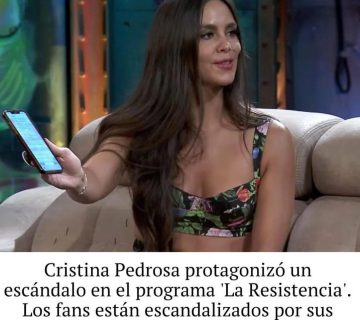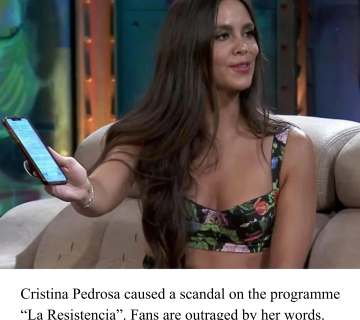The Transformative Power of Student-Authored Learning: How Shifting from Passive Participation to Active Course Creation Redefines Motivation, Engagement, and Ownership in Education
In recent years, education has been experiencing a quiet but profound transformation. A growing number of schools, universities, and independent learning communities are experimenting with models that hand the reins of learning design directly to students. Rather than being passive recipients of predetermined syllabi, students are becoming co-creators—sometimes even primary architects—of their own courses. This shift from consumer to author within the learning process fundamentally changes not only what students learn, but how deeply they understand it, how meaningfully they engage, and how much personal responsibility they take for their education.
At the core of this movement lies a simple yet radical idea: students learn best when they have agency. Traditional education systems often prioritize outcomes such as standardized test scores or content coverage, leaving little room for meaningful exploration or personal interest. When students are invited to co-design their curriculum—choosing topics, structuring assessments, and determining methods of inquiry—the learning environment transforms from a hierarchical space into a participatory ecosystem. The result is a surge in intrinsic motivation, deeper engagement, and a stronger sense of ownership over the learning journey.
From Compliance to Curiosity
When students participate in building their own courses, they shift from compliance-based learning (“I have to do this”) to curiosity-driven learning (“I want to understand this”). This transition redefines motivation. Learners begin to see the classroom not as a place of obligation, but as a space for exploration. The process of crafting a course—deciding which sources are credible, which questions matter most, and which skills will be most valuable—forces learners to think critically about their goals and interests. It mimics the complexities of real-world problem-solving, turning education into an exercise in creativity, self-regulation, and long-term planning.
Such experiences also foster a deeper connection between students and instructors. Teachers evolve from being information deliverers to learning facilitators and mentors. They guide inquiry, help refine ideas, and challenge students to think bigger, but they no longer dictate every step. This collaborative relationship builds mutual respect and helps students see education as a shared journey rather than a prescribed pathway.
Reimagining the Classroom as a Collaborative Laboratory: Exploring How Student-Centered Course Design Cultivates Deeper Understanding, Critical Agency, and Lifelong Curiosity in the Learning Process
When students design their own courses, the classroom begins to resemble a laboratory more than a lecture hall. It becomes a dynamic environment of experimentation—where ideas are tested, refined, and applied rather than simply memorized. This shift has wide-ranging implications for both individual and collective learning outcomes.
Reconstructing the Role of Knowledge
In traditional models, knowledge is often presented as something to be consumed and recalled. In student-authored models, knowledge is something to be constructed and interpreted. When learners have the power to shape the questions they investigate, they must also discern what counts as valid evidence, how perspective and context influence interpretation, and how their work contributes to a larger academic or social dialogue. This marks a profound deepening of understanding: students are no longer studying knowledge—they are participating in its creation.
Cultivating Critical Agency
Student-designed learning pathways nurture what educators increasingly refer to as “critical agency”—the ability to take purposeful action grounded in knowledge, reflection, and collaboration. In designing a course, a student must articulate what they want to learn, why it matters, and how they will assess their growth. This process mirrors the kind of critical decision-making expected of citizens, professionals, and researchers in a rapidly changing world. Learners become responsible for defining success, engaging with complexity, and dealing with ambiguity—skills that reach far beyond academic settings.
Building Lifelong Curiosity Through Ownership
Ownership transforms the emotional landscape of learning. When students understand that their voices matter—that their curiosity can shape their education—they begin to internalize a lifelong love of learning. They see mistakes not as failures, but as feedback. Projects become more personally meaningful, and the boundaries between classroom learning and real-world relevance blur. A student who designs a course on sustainable food systems, for example, may carry that passion into community action or future study. The act of authorship thus becomes both an intellectual and an identity-building experience.
Challenges and the Path Forward
Allowing students to design their own courses is not without challenges. It requires educators to relinquish some control, institutions to rethink assessment frameworks, and students to learn how to manage freedom responsibly. Not every learner is initially ready to take on that level of autonomy. However, with gradual implementation—guided scaffolding, collaborative planning, and reflective evaluation—these challenges can evolve into powerful learning opportunities.
The ultimate promise of student-authored learning is not just better grades or engagement metrics. It is the cultivation of thinkers who can ask their own questions, build their own frameworks, and continually adapt to new knowledge. It redefines education from a system of transmission into a living process of exploration and co-creation.
In the end, when students become the authors of their own courses, they are not simply learning differently—they are learning to be different kinds of learners. They move from passively following a script to writing their own narrative. This evolution restores education to its most transformative potential: empowering individuals to think independently, act collaboratively, and remain endlessly curious about the world they are still in the process of shaping.





No comment